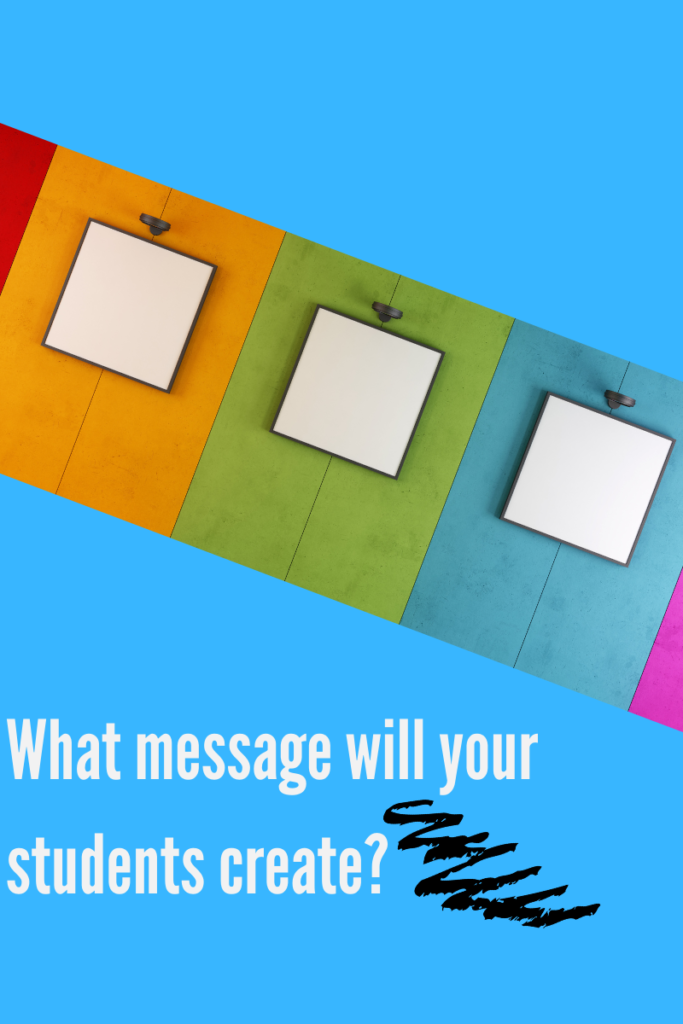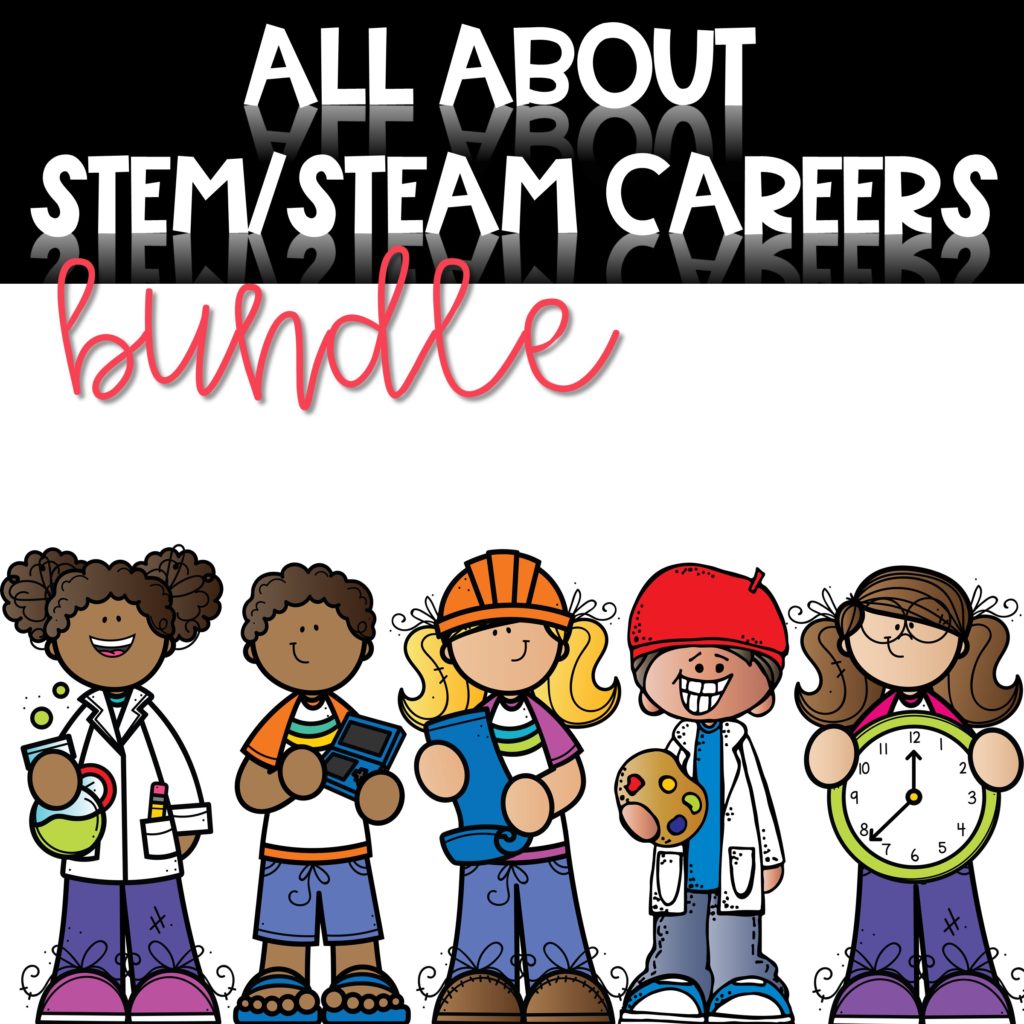The best STEAM lesson I ever taught is golden. It works anytime. Anywhere.
And.. Students love it.
The Truth about Most Students and Evaluating Art
Do you believe students in general enjoy looking at classic works of art? I mean.. looking like some cool cat attending an art gallery opening? Do they know how to evaluate and process what they are looking at? Maybe even form their own opinion or uses for the work of art?
Most elementary students aren’t there.. yet. Then, I taught the best STEAM lesson I ever, and it all changed.
Ok.. Ok.. I know. So what is the best STEAM lesson I ever taught? Well, It has many layers, but it’s so simple. How can that be? Let’s start with the first part of the lesson. The introduction of one word.. maybe a couple more, but they should have a little background knowledge on the rest. Unless your students have someone that they know having this word as their career, they will more than likely never have heard of the word. Ready? Stay with me.. This is good stuff!
The Best STEAM Lesson I EVER Taught Begins

Introduce the word ART CURATOR or just CURATOR. Wait, what? Art curator? Yes.. start with the definition. What happens next? A discussion about where a curator may work should convene. We discussed museums, galleries, and exhibits, as well. To add to the discussion, a few virtual tours through museums took place. I like to use Google Arts and Culture. Now, be careful. Art museums have ALL the art in them. Take the tour yourself first and find out what you want students to see and not see.
There is no better way to add to the best STEAM lesson I ever taught than with a good book. Meet Me at the Art Museum by David Goldin is an amazing orientation to the museum world for elementary students.. Students will get a full tour of an art museum and hear many new words. Check it out below!
It’s Starting to Come Together Now

I hope you are still reading because this literally is groundbreaking! Now that your students know what a curator’s job entails, it’s going to get exciting.
By the way, you have just completed one of the biggest struggles teachers have with STEAM.
What’s that? Introducing STEAM careers with new levels of understanding. It’s time to share some news with them. They get to become art curators of their own exhibit! Not only will they choose pieces to display, but they will also decide where to put it, create groups within the exhibits, and even give tours to explain their exhibits.
So maybe that’s not so exciting, but I know this part is going to get you, teacher!
Unless you are an art teacher. You don’t have to teach art standards. My question is… what STEAM standards do you need cover? Science, Math? Guess what… you can cover ELA and Social Studies, too just by letting your students become curators! Here we go.
BUZZ WORD: Transdisciplinary Learning
You have the opportunity to create transdisciplinary learning with curation!
The Project Starts and You Get to Sit Back More

So this idea works virtually or in person.
Virtually, I like to create a blank wall for students on Google Slides or Powerpoint for them to set up their exhibit within.
In person, I give them all a display board. The ones known forever more as “the science fair board”.
At this point, I explain what the project is. They get to be exclusive art curators at the new STEAM museum. This is a test to hire the official curator for the museum.
They will work in groups.
Their time is limited.
Their exhibit should have a common theme with the purpose to teach others.
I share quite a few exhibits with themes and help them find when the theme isn’t so obvious. Exhibits can have a message, just be from one artist, or one time period..
BASICALLY, they create a bulletin board. Think of something to say or display. Scour through Google Search to see what others have done. (Show them how!) Of course, they may have to make it better even if it takes half a day to create all the lettering. It’s their masterpiece. Their work. For the curator, setting up the exhibit it’s the same. To find works of art for student exhibits, I recommend using online collections like the one found at the Metropolitan Museum of Modern Art.
The MAGIC Happens for You

I know I mentioned standards. Your students are going to set up exhibits that share their understanding of standards. Once they have mastered the art of the curator’s job and setting up an exhibit, teaching possibilities are endless!
The first time I used this idea, my students worked on natural resources and fossil fuels. I put them into groups after discussing natural resources and how fossil fuels are natural resources. Specifically, we were looking at types of energy that we consume to live our daily lives. We looked through some pre-selected works of art to categorize them into fossil fuels and other forms of energy. Pre-selecting art work can be a HUGE time savor. Your students still have to categorize it into an exhibit and create their displays, so no learning is lost there.
The BEST STEAM Lesson Becomes the BEST Day EVER

Students came up with ways to title their exhibits, group them in different ways, share their opinions, point out the examples within each work of art, write evaluations of the art work based on their topics, and finally they displayed them. The first time, I gave them no display guidance other than the board, use of the STAPLER and GLUE, and any other supplies they asked for was a shocker! Umm… the stapler, bulletin board creation, the “you tell me what you need” approach is a HUGE engagement piece of this lesson (AKA: project). Students just love use of a stapler.❤️️
We also used a design process to create our exhibit plan, like the engineering design process. When it was all said and done:
❤️️We had four boards with exhibits for our “gallery”
❤️️Very passionate students ready to share works of art
❤️️Fossil fuels and other natural resources displayed for others to learn from
❤️️NOT once did I stand in front of the room or computer and deliver these science and social studies standards.
Let Them Curate

This, my friend, is TRUE arts integration. The focus included art standards from the National Art Standards, science, social studies, and ELA through research processes. After I came in and critiqued their haphazard displays, I then shared a few more art standards on displaying art work to my students. We discussed space and how to visually please viewers when we display. I listened to pleading for another try, but not this time. We applied that the next time!
Since then, we have created prime and composite number exhibits, habitat exhibits, and states of matter exhibits. It’s fun. It’s not my area of expertise, but we did it! Students have even collaborated with actual curators to learn more about this career and how to apply their techniques.
What are you going to let your students curate now? Do you have no idea where to start with art standards? Grab the art standards with “I can” statements here! They are a lifesaver for a non-art teacher. Do your students need a little more background in the arts in your classroom period? Well let me introduce you to every STEAM area with a complete unit ready digitally or in a printable version.









